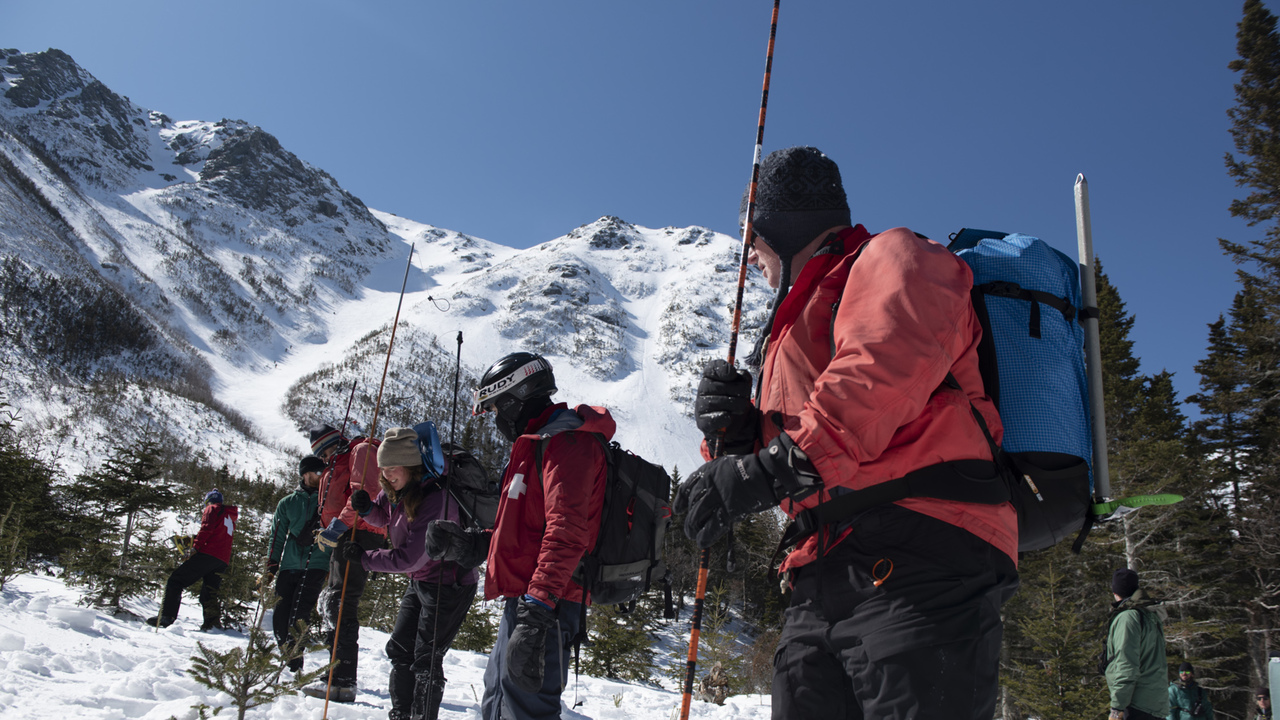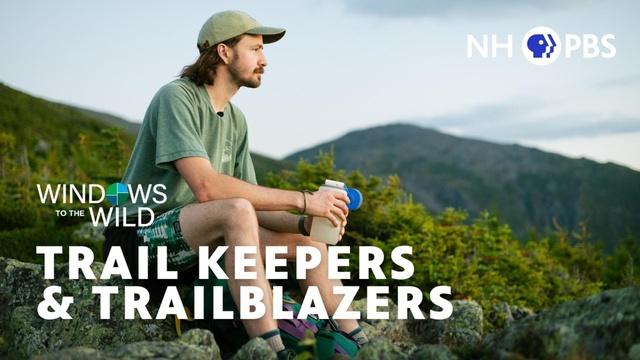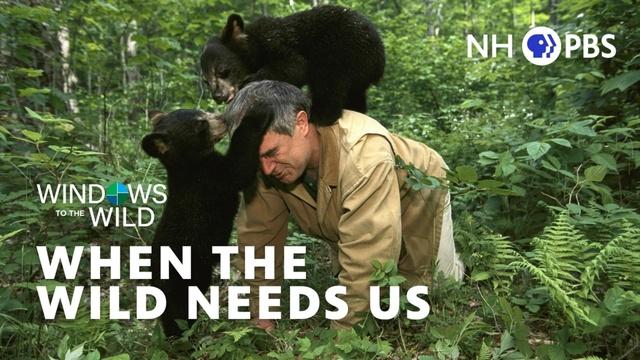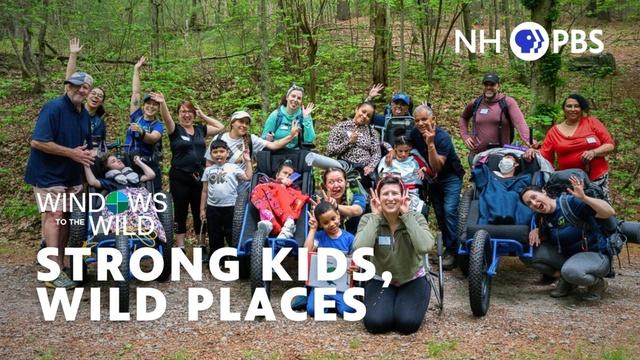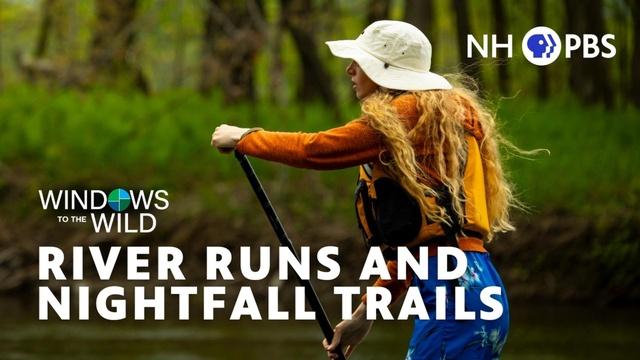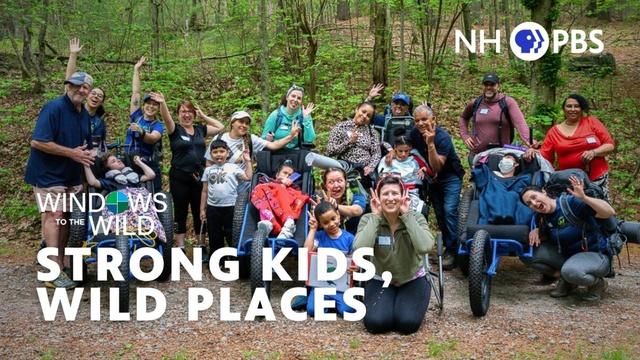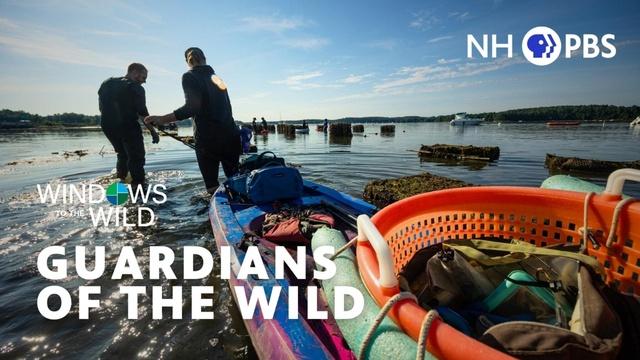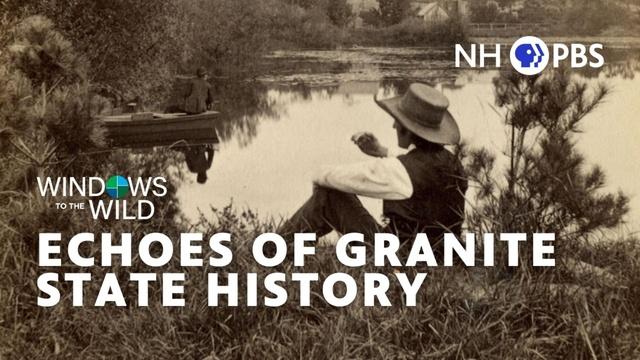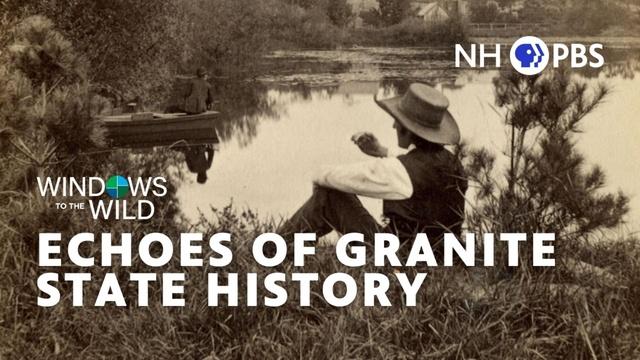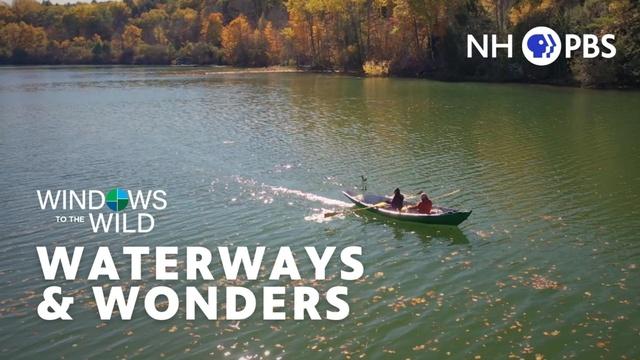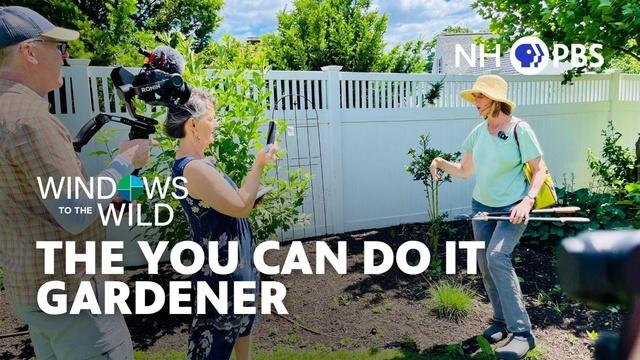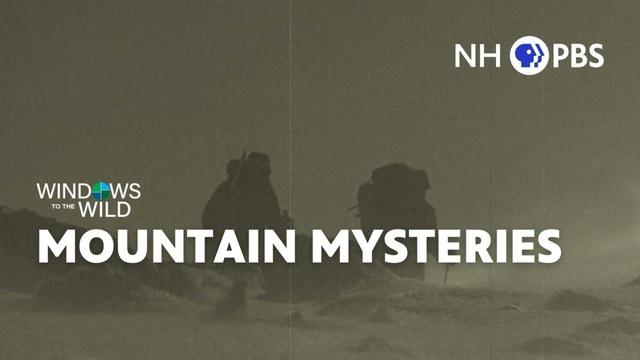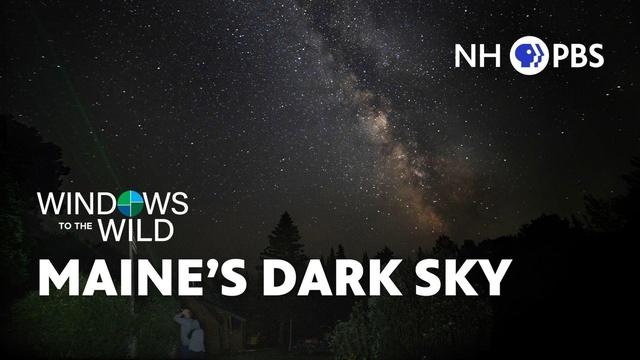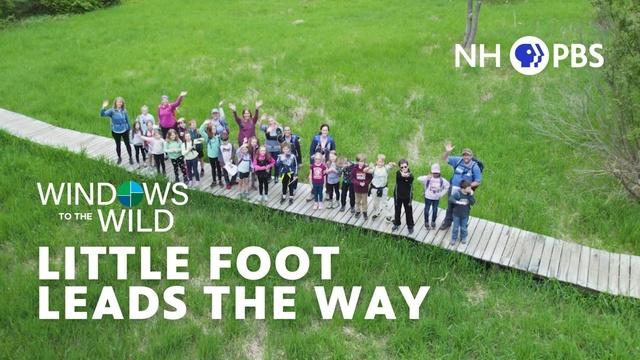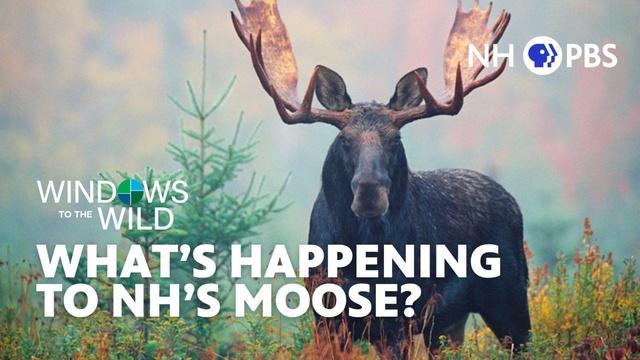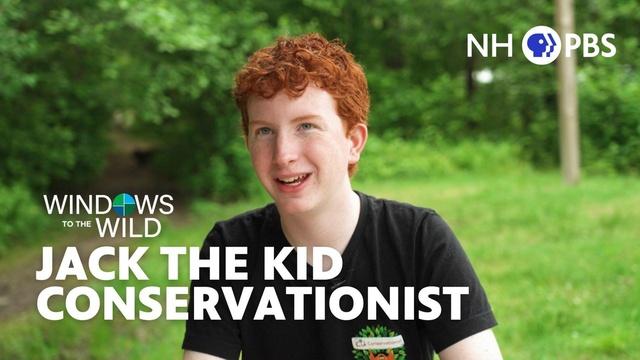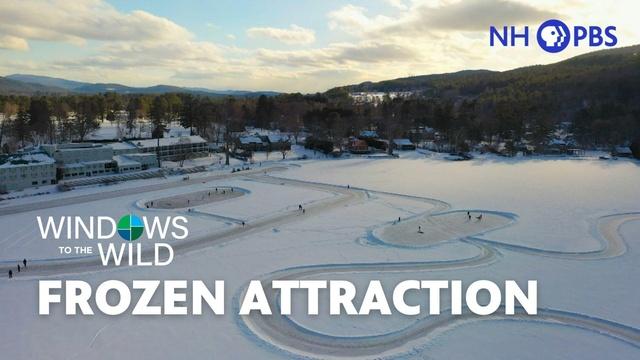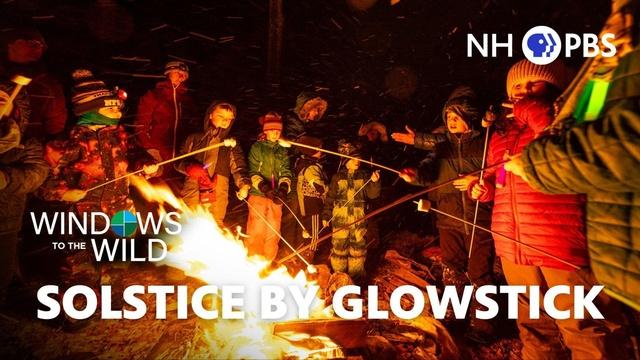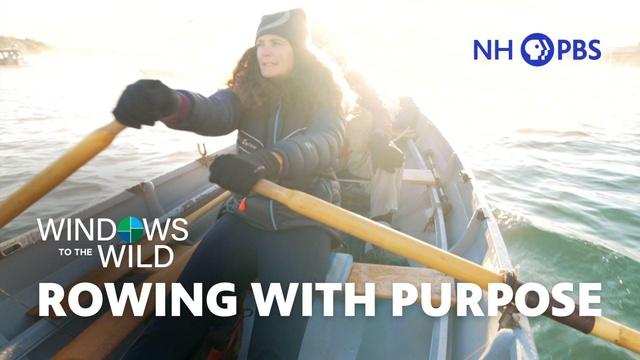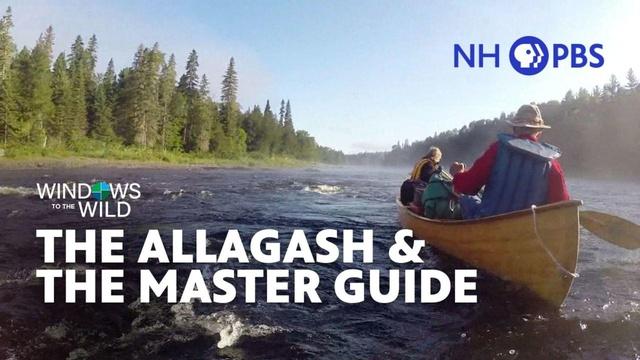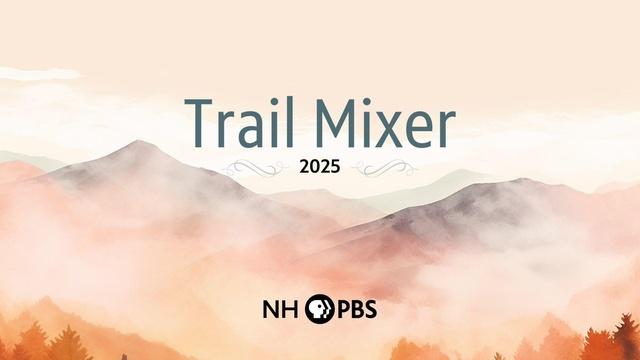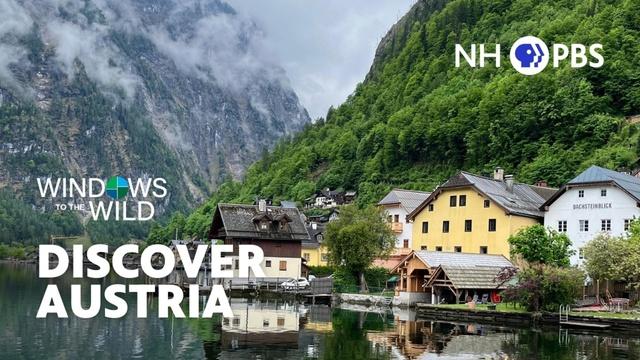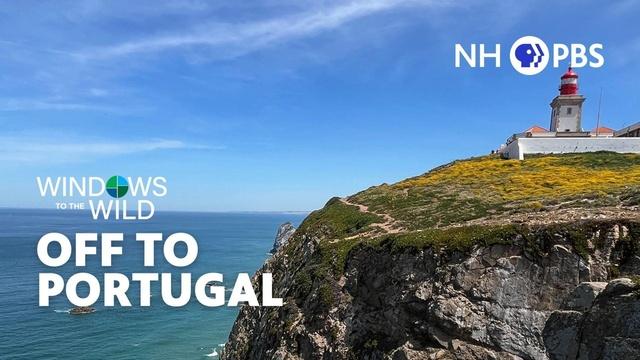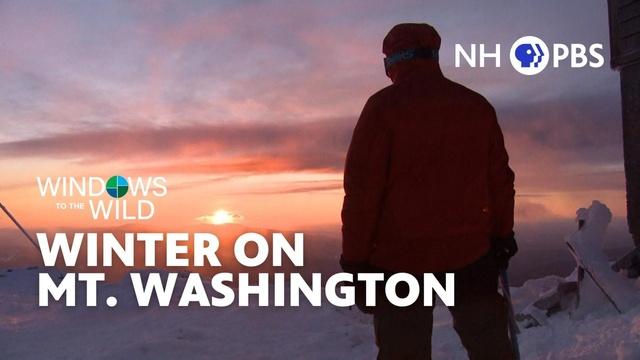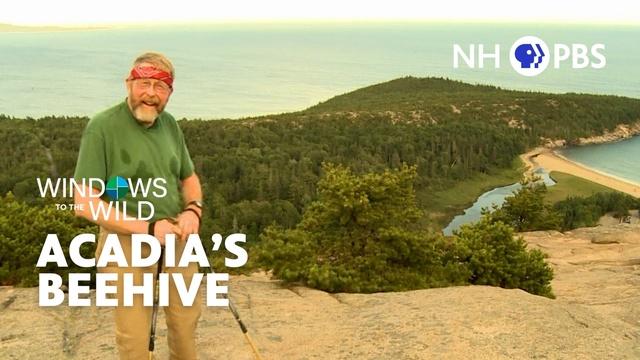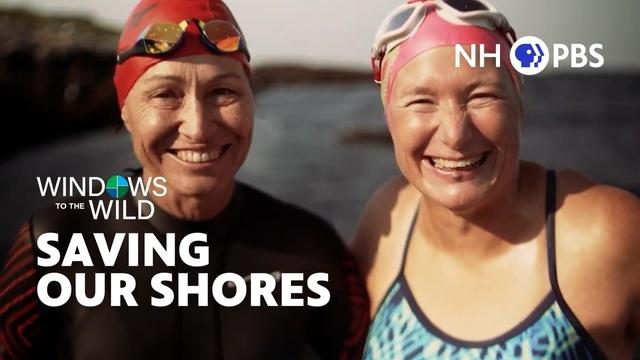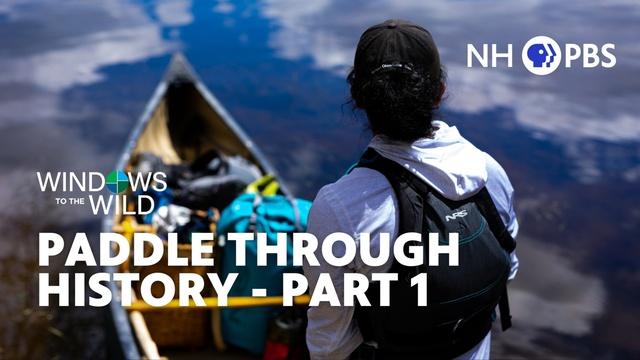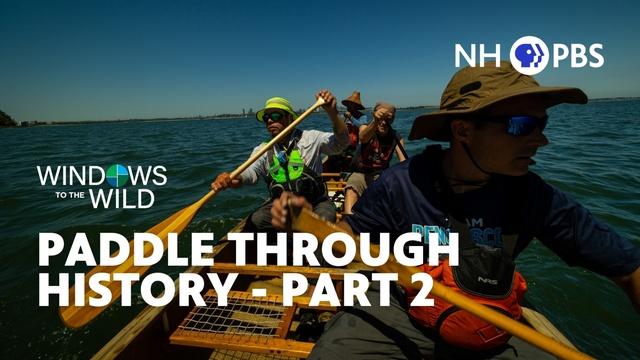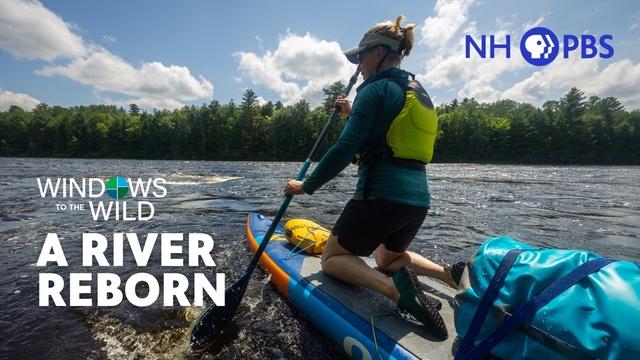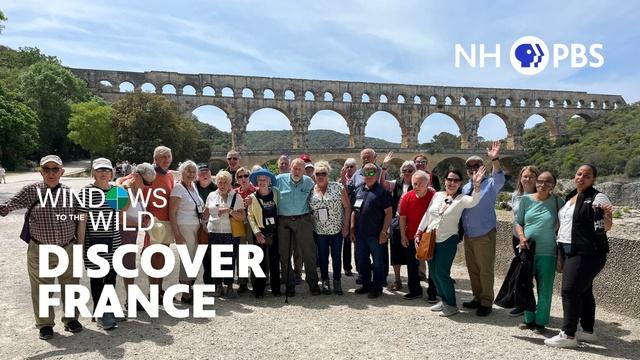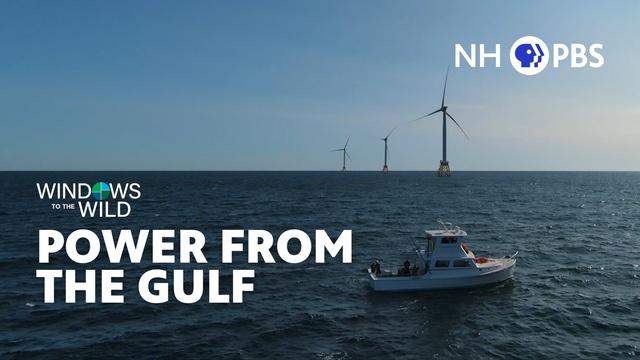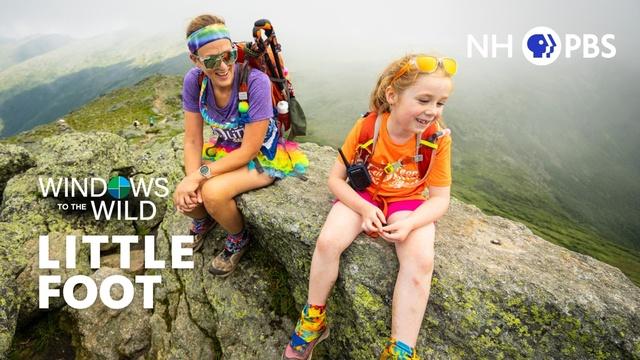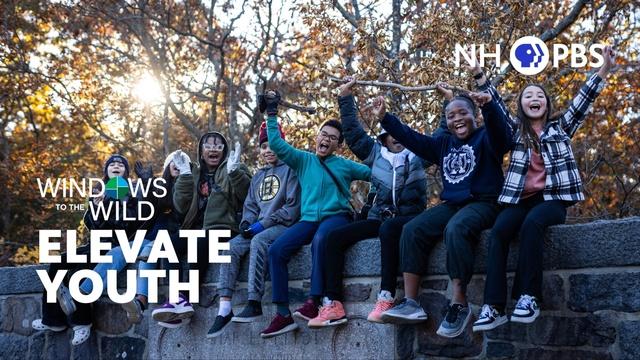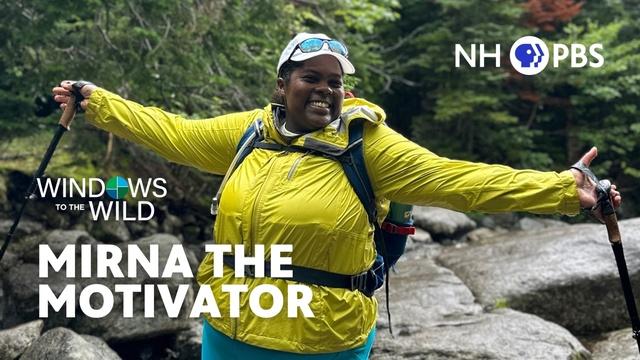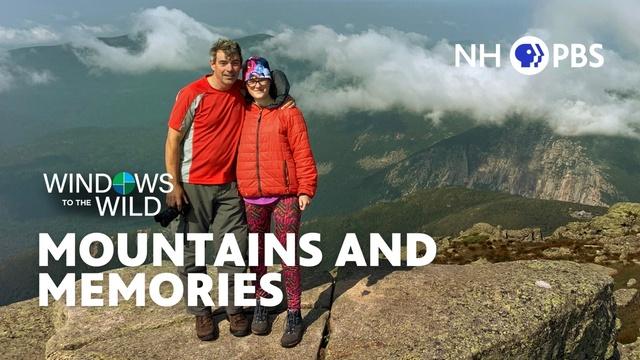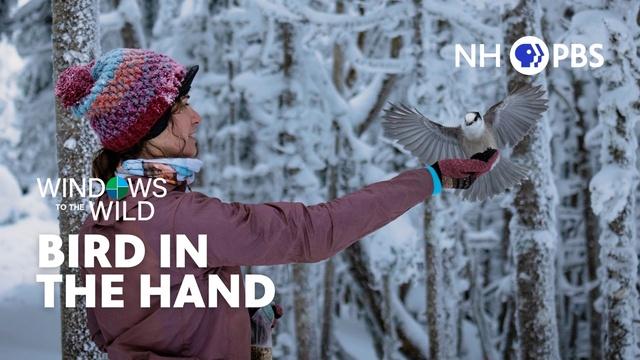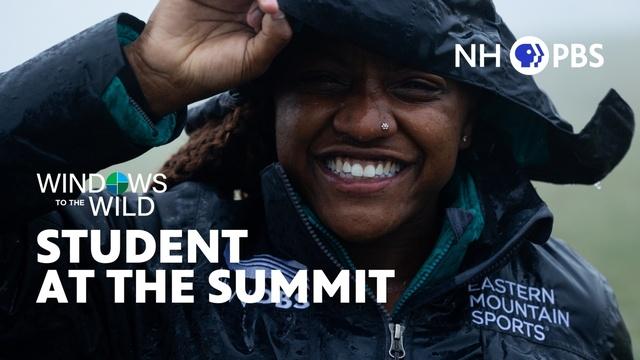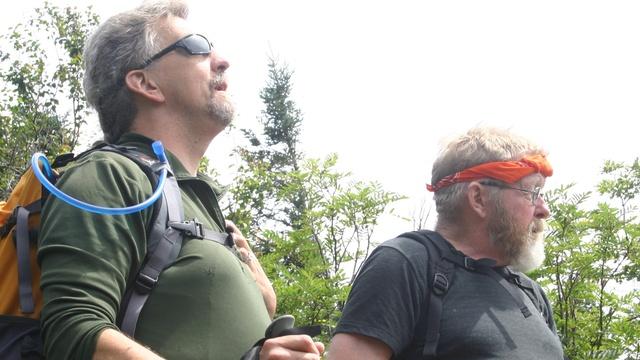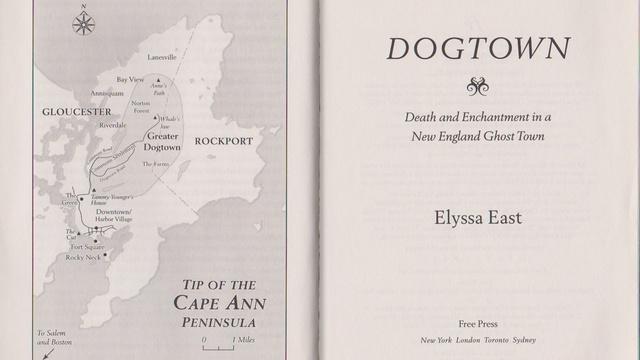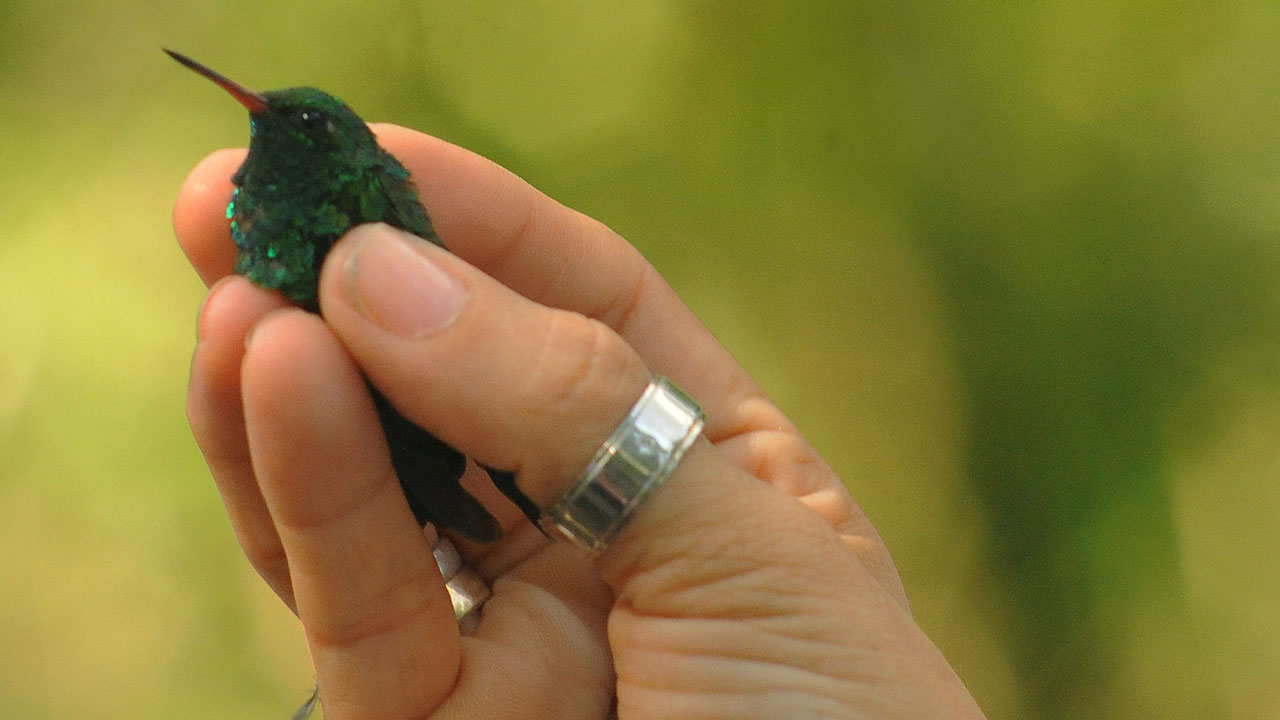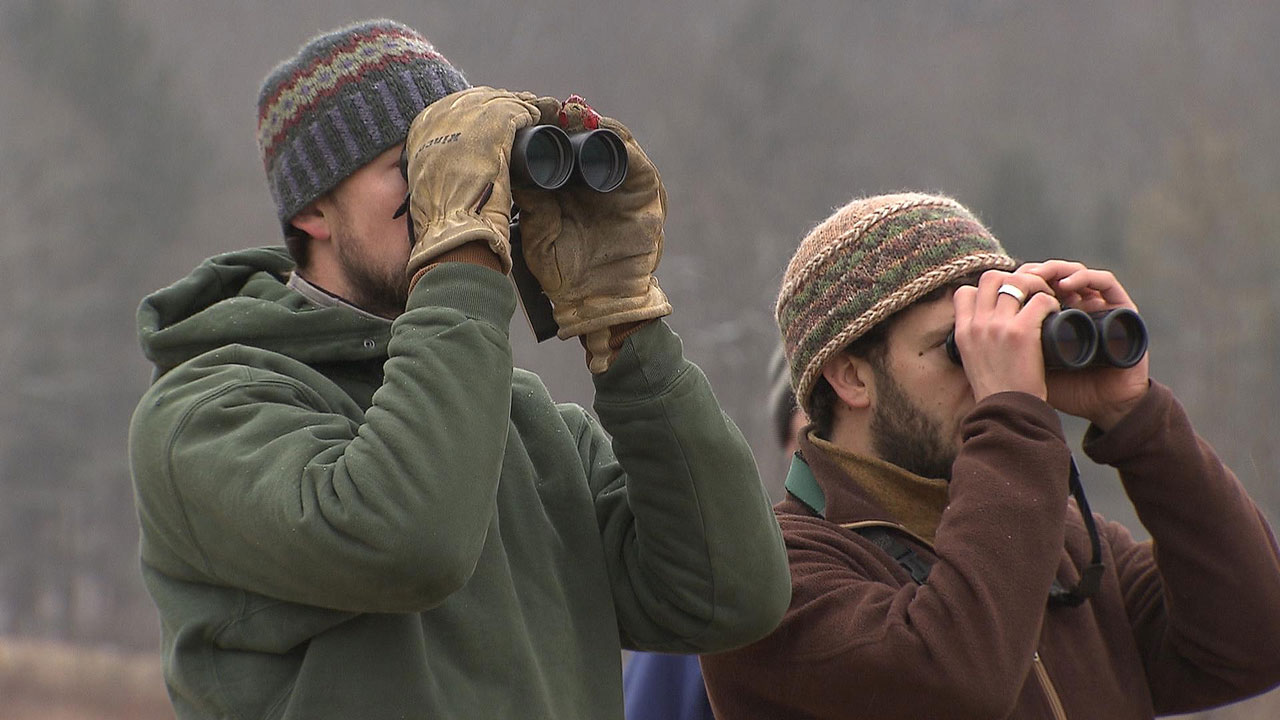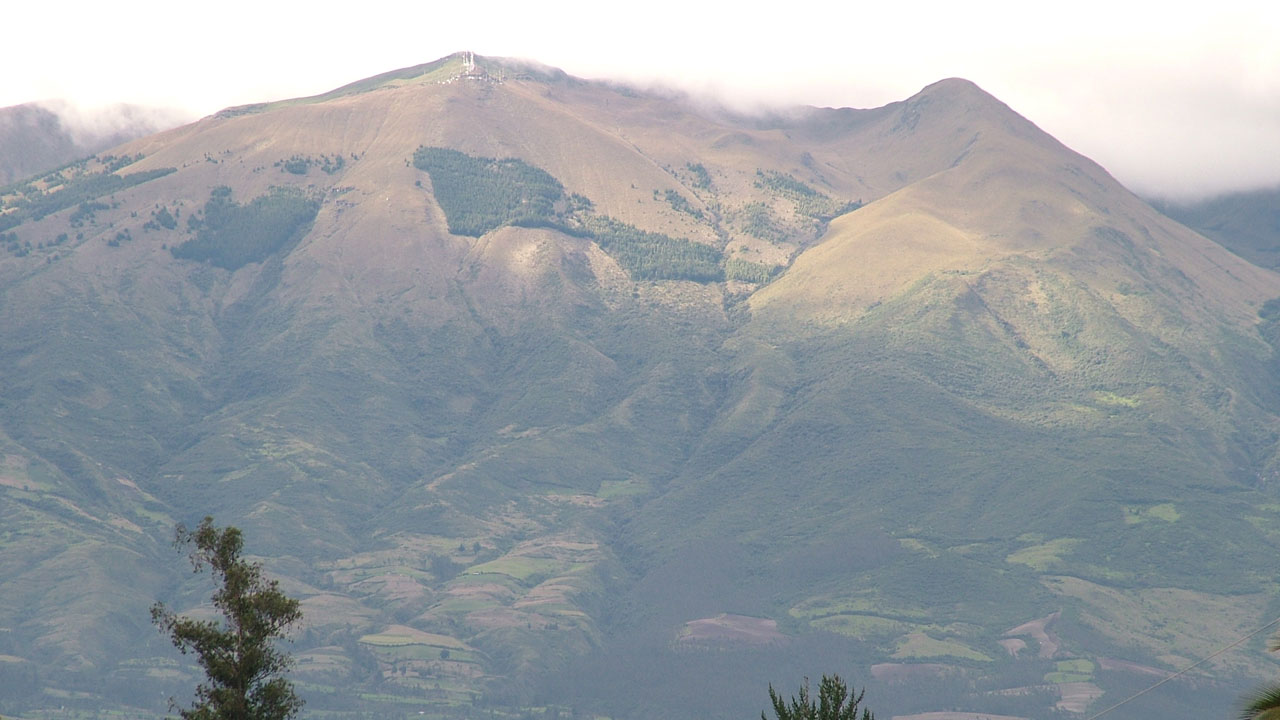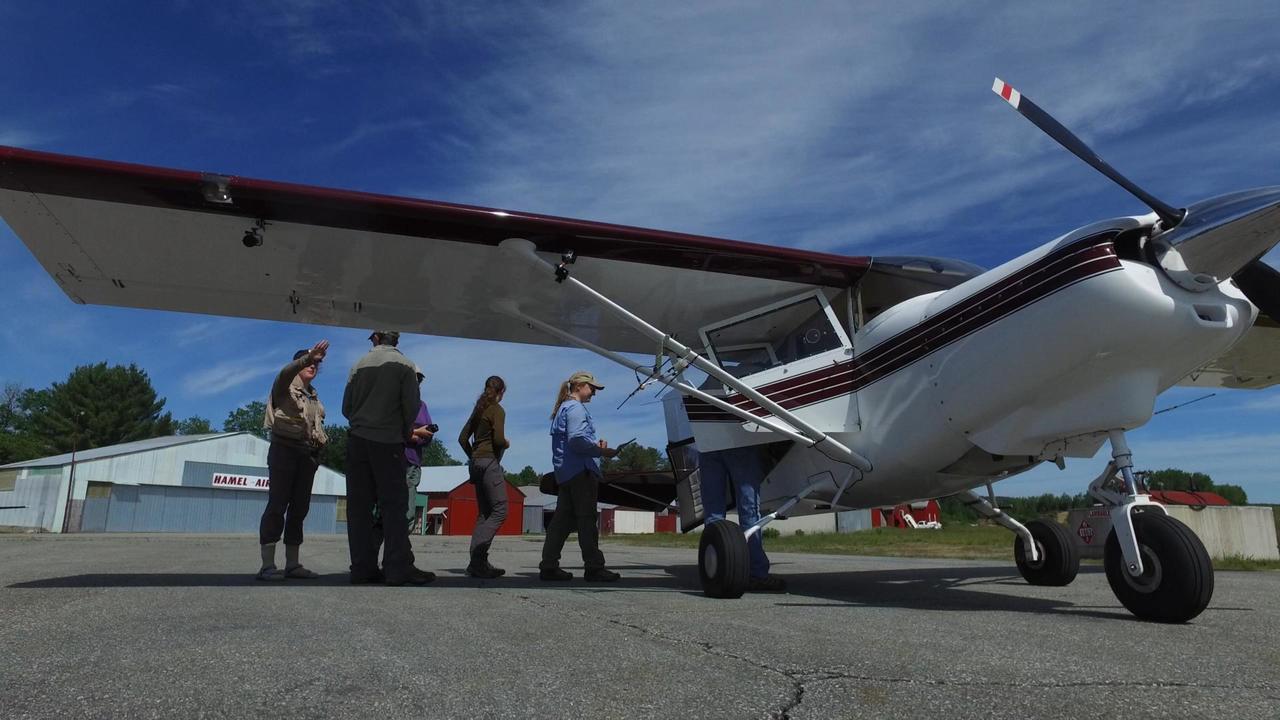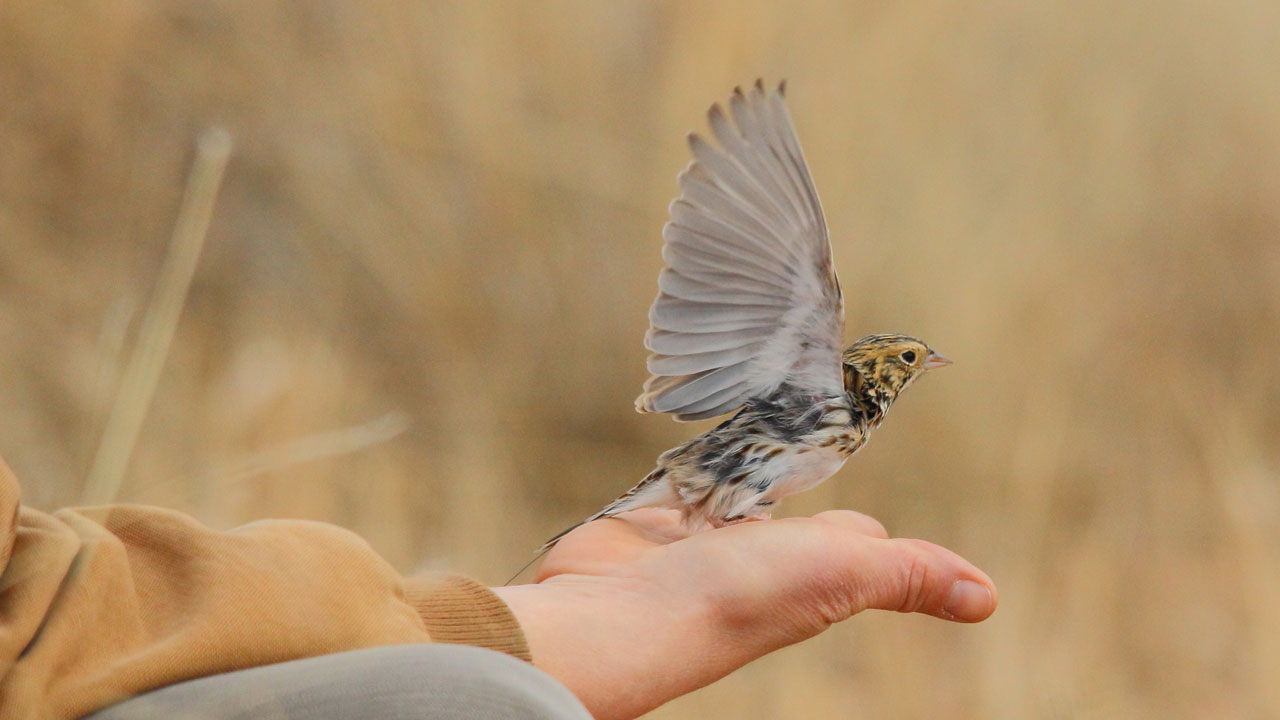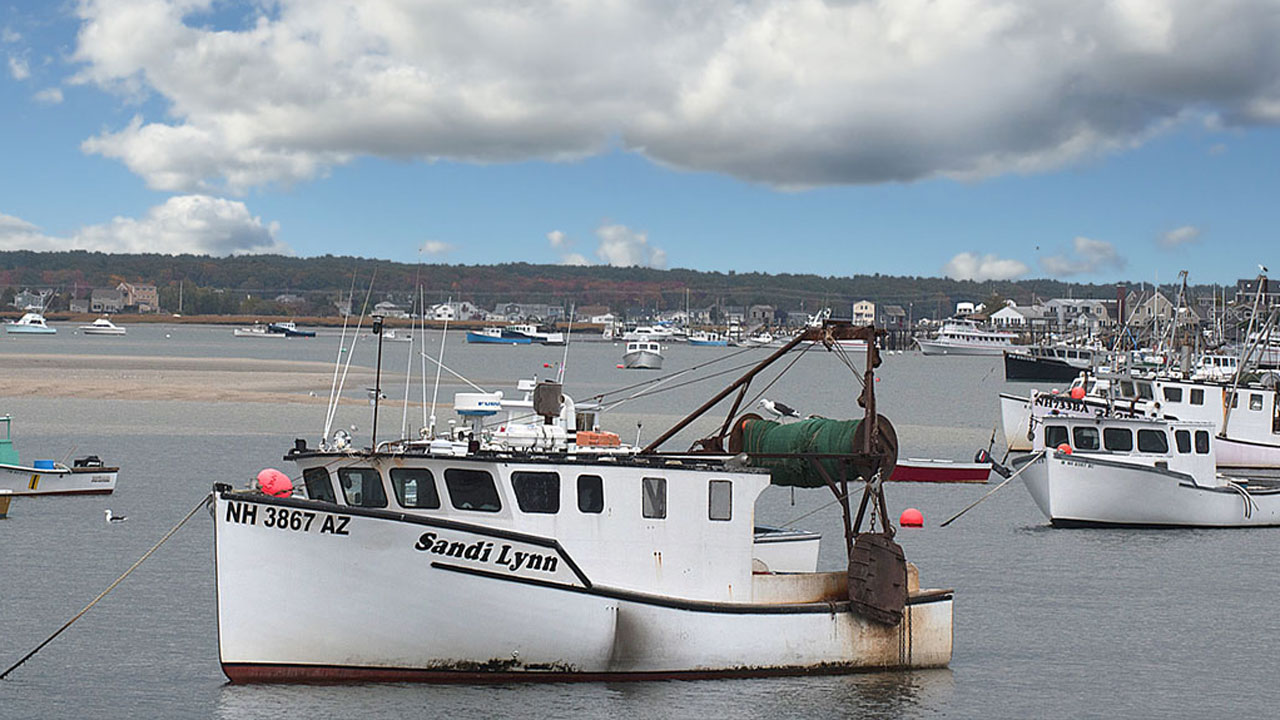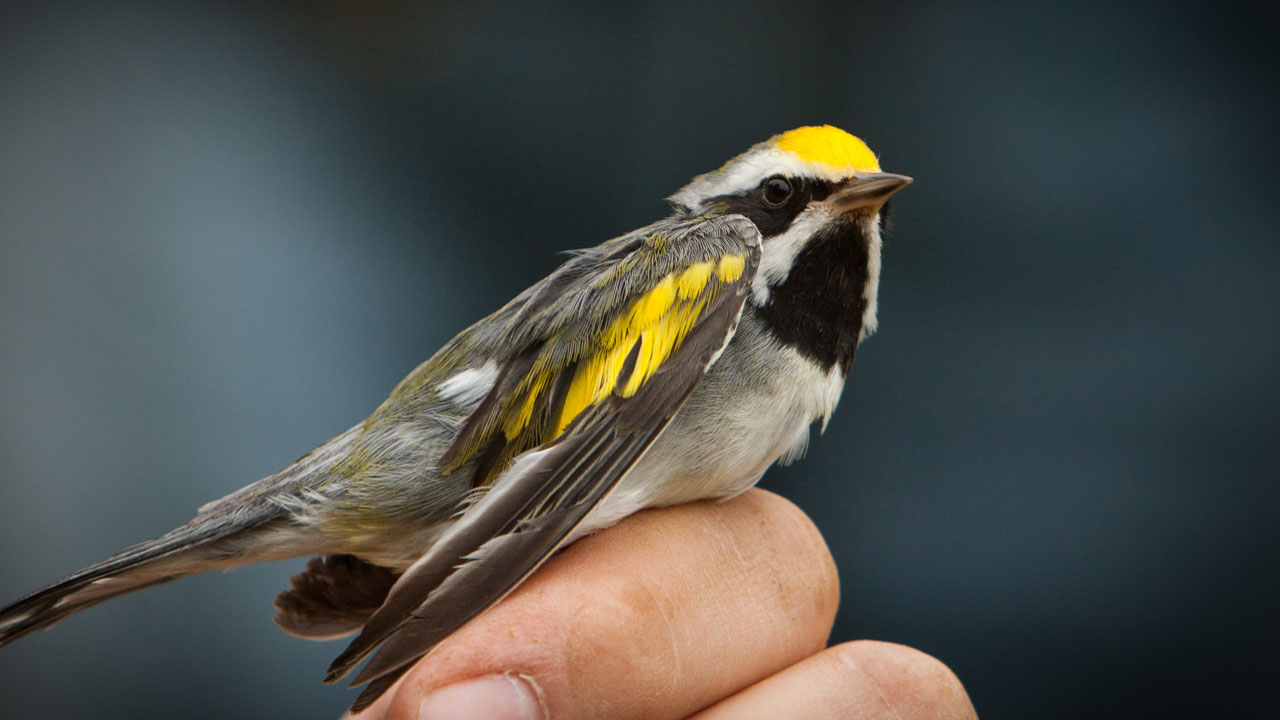Not a Challenge But a Stop Sign: Learning About Mountain Safety
New Episode of Windows to the Wild
(Durham, NH, April 7, 2020) - New Hampshire’s White Mountains are known for their beauty and accessibility, but they can also be home to the unexpected. Windows to the Wild host Willem Lange recently traveled to Mt. Washington’s Hermit Lake to sit in on a class teaching young backcountry skiers the skills needed to prepare for and avoid potential avalanches. As Lange explains, “there’s nothing more valuable that you can take into the wilderness than knowledge and experience.”
“People don’t realize you can have avalanches in the east,” says volunteer ski patroller Les Blomberg. “They’re actually fairly frequent.”
To Frank Carus, Director of the Mount Washington Avalanche Center with the U.S. Forest Service, the reason for these avalanches is usually pretty straightforward. “We have a classic recipe for avalanche hazard,” he notes. “You need a slope, you need snow and you need a trigger. Unfortunately the trigger is oftentimes a person.”
Windows to the Wild producer Ben Sparling has experienced this reality firsthand. He once triggered a small avalanche while filming a documentary on backcountry skiing. “I was lucky enough to be buried from the waist down and walked away with only a torn ACL,” he says. “When you’re in an avalanche, you’re at the mercy of the snow. There’s nothing you can do. The only real defense against an avalanche is not triggering one in the first place.”
White Mountain Avalanche Foundation Youth Course Instructor Blake Keogh also admits to a few close calls. “I realized that those close calls were more of a byproduct of my decision-making,” he says. In his work as a Youth Course Instructor he hopes to help the next generation of backcountry skiers “make good, effective decisions before, during and after a trip.”
Keogh and his colleagues teach that preparedness is essential. Students are encouraged to have three separate emergency back-up plans before they even set foot on the trail. This allows them to be adaptable in a stressful environment that may include bitterly cold temperatures and high winds. “There’s some real intention behind it.”
For Lange, who has decades of experience in the wild to draw from, this was the most important lesson for the students. “Always play ‘What if?’ in your mind as you travel away from immediate help,’ he recommends. He notes that it’s also important, if sometimes difficult, to walk away when the conditions aren’t right. “When the signs say High Danger, it’s not a challenge, but a stop sign.”
You can learn more about winter mountain safety on the next episode of Windows to the Wild, premiering Wednesday, April 15th at 7:30 pm on New Hampshire PBS and online at nhpbs.org/windows.
Return to the
Windows to the Wild
Main Page
WINDOWS TO THE WILD WITH WILLEM LANGE is generously supported by the Alice J. Reen Charitable Trust, John D. McGonagle Foundation, Bailey Charitable Foundation and Road Scholar.
Watch Online
Watch More Not a Challenge But a Stop Sign: Learning About Mountain Safety
TV Schedule
-
discover austria
Windows to the Wild
Sunday, 12/21 at 10:00 A.M. on NHPBS -
making tracks
Windows to the Wild
Saturday, 12/27 at 10:30 A.M. on EXPLORE -
new year's moosilauke hike
Windows to the Wild
Saturday, 1/3 at 10:30 A.M. on EXPLORE -
community outing
Windows to the Wild
Saturday, 1/10 at 10:30 A.M. on EXPLORE
Learn More...
- Manchester Cedar Swamp Preserve
The Nature Conservancy
Podcast
Listen on your favorite podcast platform
Thanks to our podcast partner: The Marlin Fitzwater Center for Communication at Franklin Pierce University
